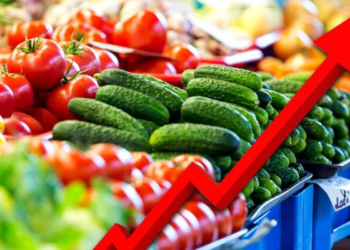The Central Bank of Kenya (CBK) has reduced its key lending rate by 75 basis points, bringing it down to 12%. This decision comes as inflation in the country continues to ease for the second consecutive month. The new rate marks the lowest point since the COVID-19 pandemic began, with the last cut being in April 2020.
The Monetary Policy Committee (MPC) cited stabilizing economic conditions as the main reason for the rate cut. According to the MPC, “Overall inflation is expected to remain below the mid-point of the target range in the near term, supported by lower food inflation owing to improved supply from the ongoing harvests, a stable exchange rate, and stable fuel prices.”
This reduction in the benchmark rate could lead to cheaper borrowing costs, which is expected to benefit businesses by making credit more accessible for expansion and operations. Business owners have long expressed concerns over the high cost of credit, which has hindered growth in the private sector. One business owner highlighted the ongoing struggles, stating, “The private sector is strangled and not accessing credit. A drastic drop in the CBR would have been impactful.”
In September, Kenya’s inflation dropped to 3.6%, down from 4.4% in August, falling comfortably below the government’s target of 5%. The decline in food inflation, which reached 5.1%, was largely driven by a drop in vegetable prices. Fuel inflation also decreased to 1.1%, and non-food, non-fuel inflation fell to 3.4%.
Additionally, the Kenyan shilling has remained stable over the past eight months, with exports increasing by 14.4% in the first eight months of 2024 compared to the same period in 2023.
Despite the positive inflation trends, Kenya’s economy grew at a slower rate, with gross domestic product (GDP) expanding by 4.6% in the second quarter of 2024, down from 5.6% in the same period of 2023. As a result, the CBK has revised its 2024 growth forecast from 5.4% to 5.1%. Strong agricultural performance, services, and higher exports are expected to support the economy, although potential geopolitical tensions remain a risk to future growth.
Kenya’s central bank remains optimistic about the overall economic outlook, with the rate cut aimed at fostering growth while maintaining stable inflation.











